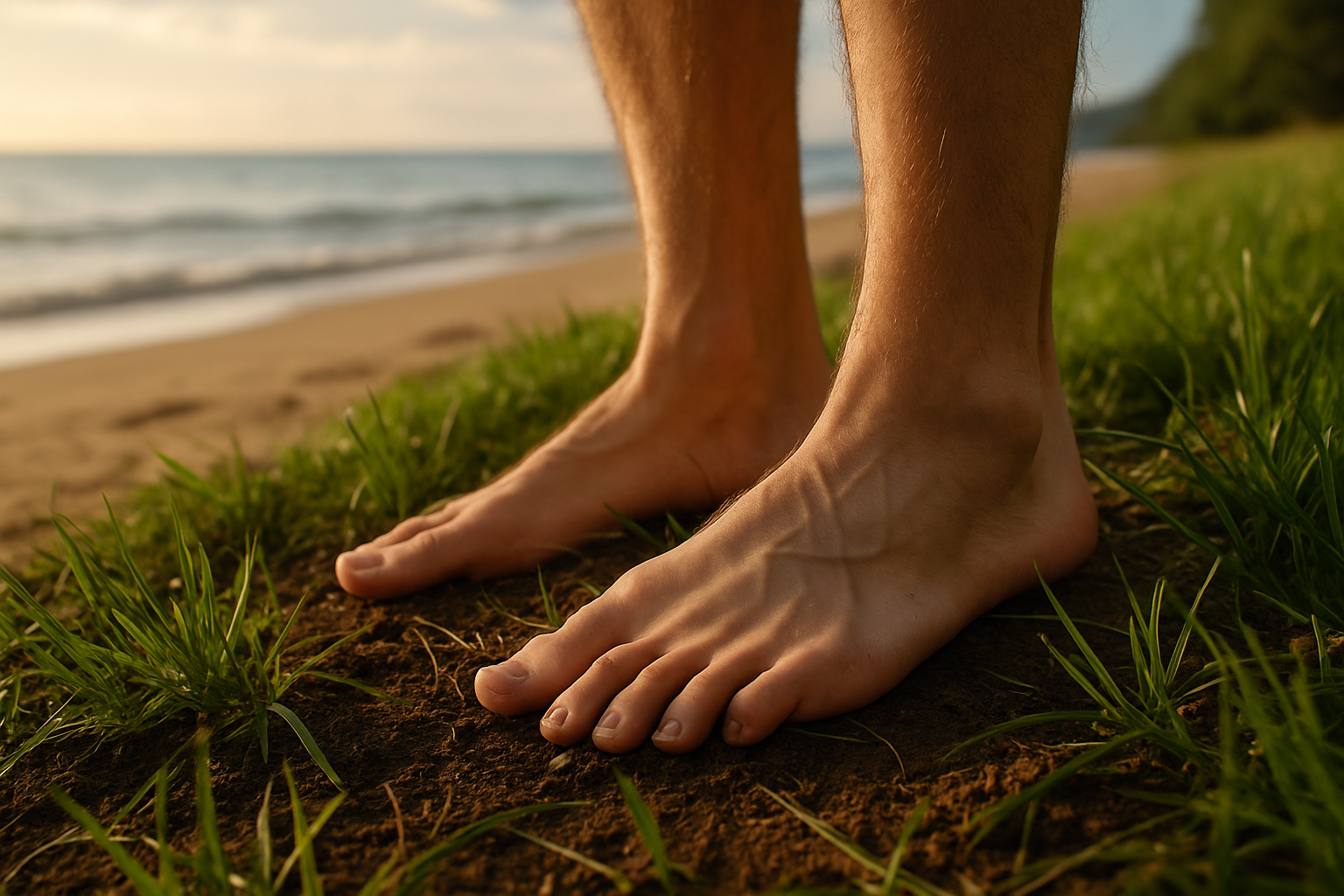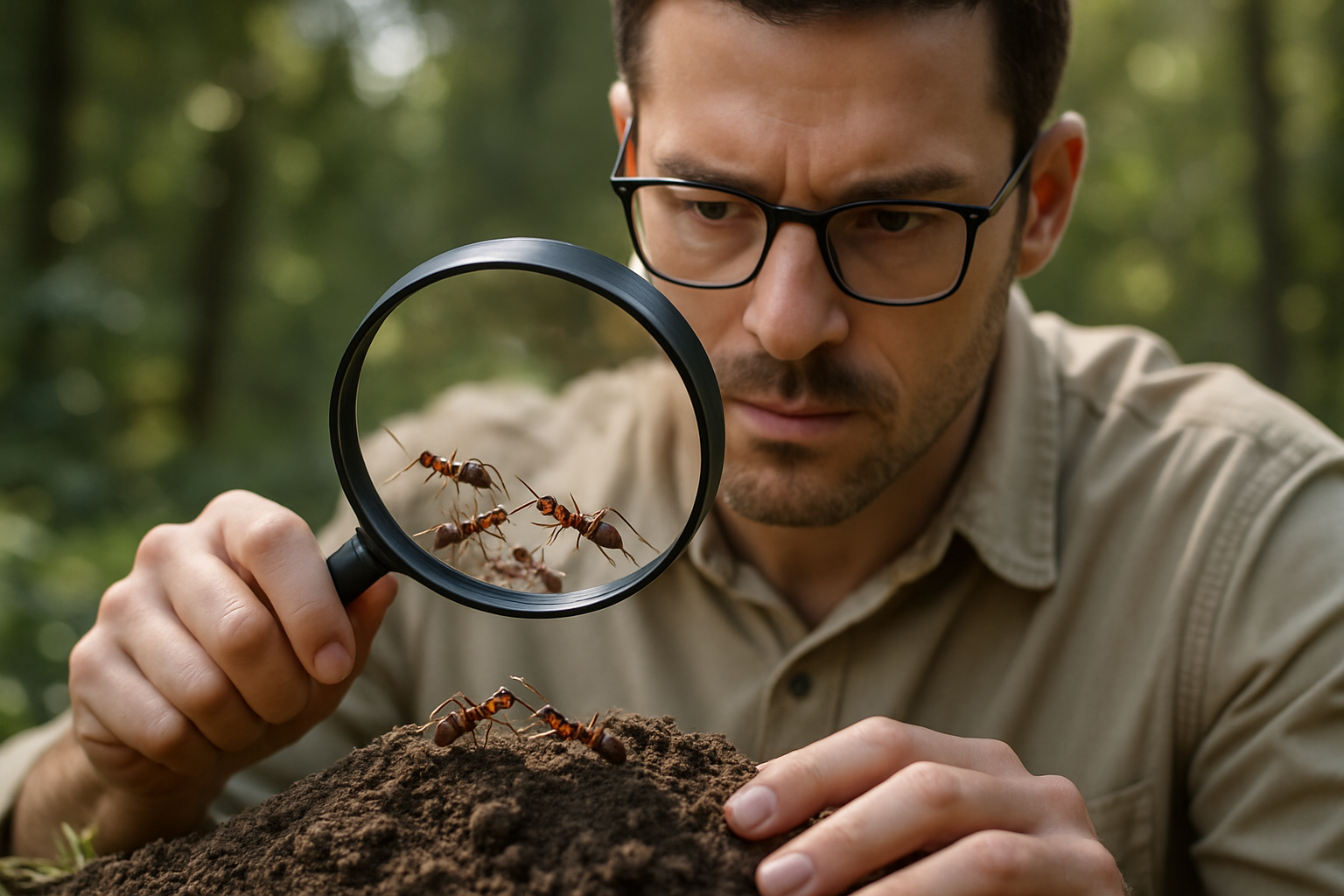Unearthing the Benefits of Grounding: A Closer Look at Earth’s Healing Power
Imagine a life where health and wellness are as simple as taking a barefoot walk in your backyard. This concept, known as grounding or earthing, might sound like a fairy tale. However, recent research suggests that this could be an untapped resource for improved well-being. This article delves into the science and practice of grounding, providing a fresh perspective on a practice as old as humanity itself.

The Origin of Grounding
Human civilizations have long held a deep connection with nature. Ancient cultures across the globe recognized the earth as a source of healing and regeneration. However, it wasn’t until the late 20th century that grounding gained traction in the scientific community. In 1998, retired cable TV executive Clint Ober stumbled upon the idea that direct contact with the earth could improve health. Intrigued by the concept, Ober partnered with medical researchers to investigate grounding’s potential benefits, triggering a wave of interest in this ancient practice.
What Science Says about Grounding
Grounding, also referred to as earthing, is based on the premise that direct contact with the earth can impact our health positively. At the heart of this concept is the idea that the earth emits a natural electrical charge that our bodies can absorb when in direct contact. This absorption is believed to neutralize free radicals and reduce inflammation, leading to a host of potential health benefits.
A 2012 review published in the Journal of Environmental and Public Health found that grounding could improve sleep, reduce pain, and decrease stress and anxiety. Another study in the Journal of Inflammation Research reported that grounding might help reduce inflammation and boost the immune system. While these findings are promising, more research is needed to fully understand grounding’s long-term effects and potential applications.
Practicality and Credibility of Grounding
Grounding is a simple and cost-effective practice that anyone can incorporate into their daily routine. Walking barefoot in the grass, sitting on the ground, or swimming in natural bodies of water are all forms of grounding. There are also grounding products, such as mats and sheets, that can be used indoors.
While grounding has been embraced by many, it is not without its skeptics. Critics argue that the research is inconclusive and more rigorous, controlled studies are needed. However, the practice’s simplicity and potential benefits make it an appealing option for those seeking natural ways to boost their health and wellness.
Grounding in Practice: Tips and Insights
-
Start slow: If you’re new to grounding, begin with 10-15 minutes a day and gradually increase your time.
-
Best times: Grounding can be done at any time, but many practitioners recommend morning and evening as the most beneficial times.
-
Location matters: If possible, choose a location with lush, green grass. Sandy beaches or natural bodies of water also make excellent grounding spots.
-
Indoor options: For those who can’t ground outdoors, grounding products like mats and sheets can be used indoors while sleeping or working.
As we continue to uncover the potential benefits of grounding, this practice offers a promising addition to our wellness toolkit. While it may not replace a balanced diet or regular exercise, grounding serves as a gentle reminder of our intrinsic connection to the earth. As we strive for optimal health, perhaps the most potent medicine is right beneath our feet.





